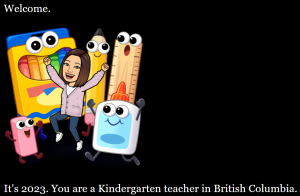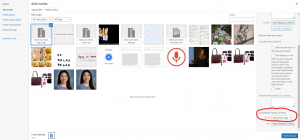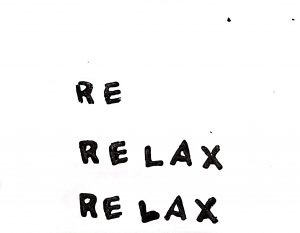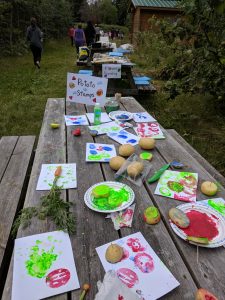






























 ️
️




















️














I utilized the emoji search function on my mobile device to help communicate my idea through pictorial symbols. However, I discovered that it was challenging to find suitable emojis that could replace words exactly. In some cases, I had to use several emojis to convey my intended message. This necessitated me to consider my readers’ perspective and contemplate whether the emojis I chose could be interpreted differently.
Upon reviewing my work, I realized that unless my readers were familiar with the movie, they would only have a rudimentary comprehension of my composition. Names and specific ideas were condensed into their most elementary form, for instance, the name “Maverick” being represented by a male emoji. Fortunately, many of the characters in the film possessed nicknames, making them more readily translatable into emoji. For example, I used![]()
![]() for Hangman and
for Hangman and ![]()
![]() for Phoenix.
for Phoenix.
The growing usage of emojis on social media highlights the shift towards visual communication as a necessary component of language. Historically, various forms of writing have incorporated visual elements such as puns, symbols, and images, demonstrating the significance of imagery in language. These ideas resonate with Bolter’s (2001) observation that visual elements, including emojis, are increasingly being used to augment the communication of written language. Specifically, the popularity of emojis used in our daily conversations (Instagram, text, Messenger) illustrates how they can convey emotions, replace words, and enhance the strength of messages through visual elements.
Kress (2005) raises doubts about the potential impact of emerging textual forms on a reader’s imaginative interpretations. In my opinion, I think using emoticons in writing takes away the uniqueness and personality of the writing. I frequently answer others’ text with the thumbs-up emoji to save time and sometimes even with work emails to let others know that I read the email. Here’s an example of an email from my principal, asking if I can TOC for another teacher at my school.
References
Bolter, J. D. (2001). Writing space: Computers, hypertext, and the remediation of print (2nd ed.). Lawrence Erlbaum Associates.
Kress (2005), Gains and losses: New forms of texts, knowledge, and learning. Computers and Composition, Vol. 2(1), 5-22.












